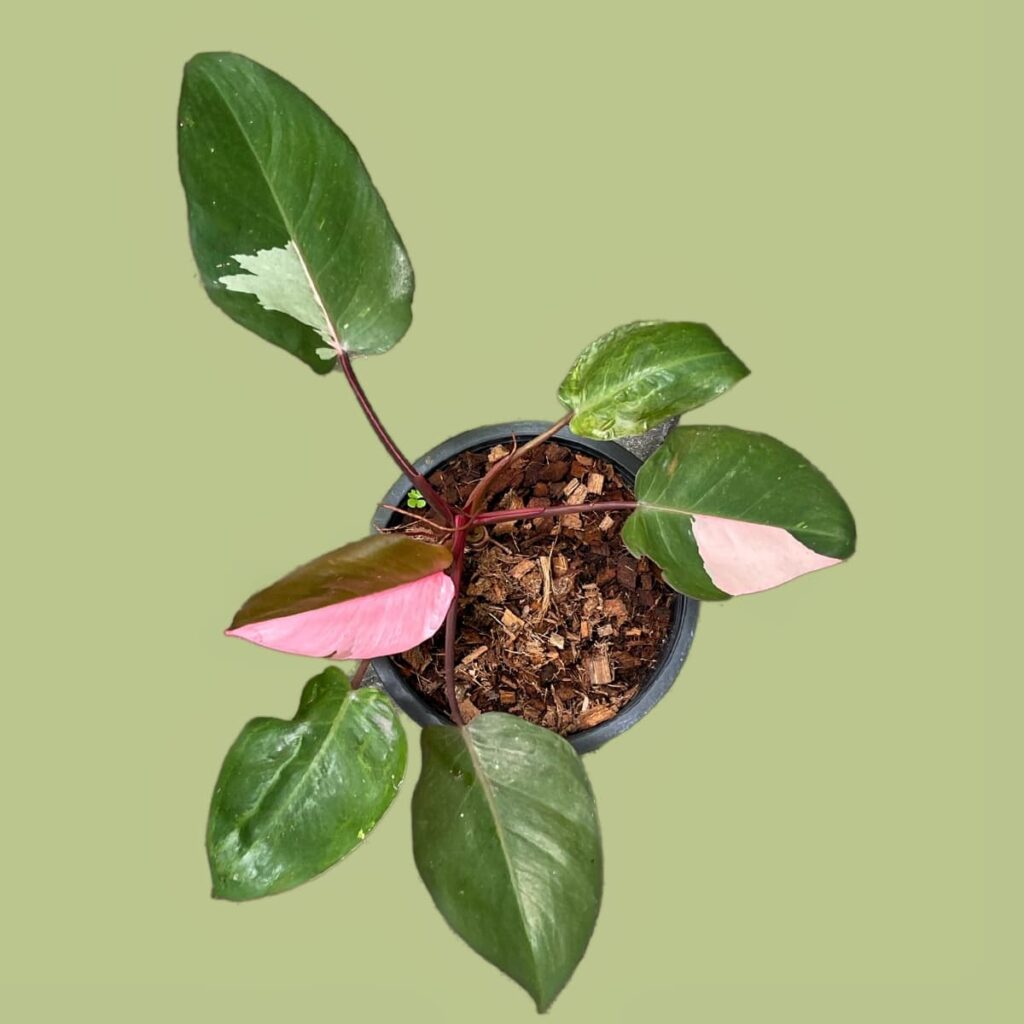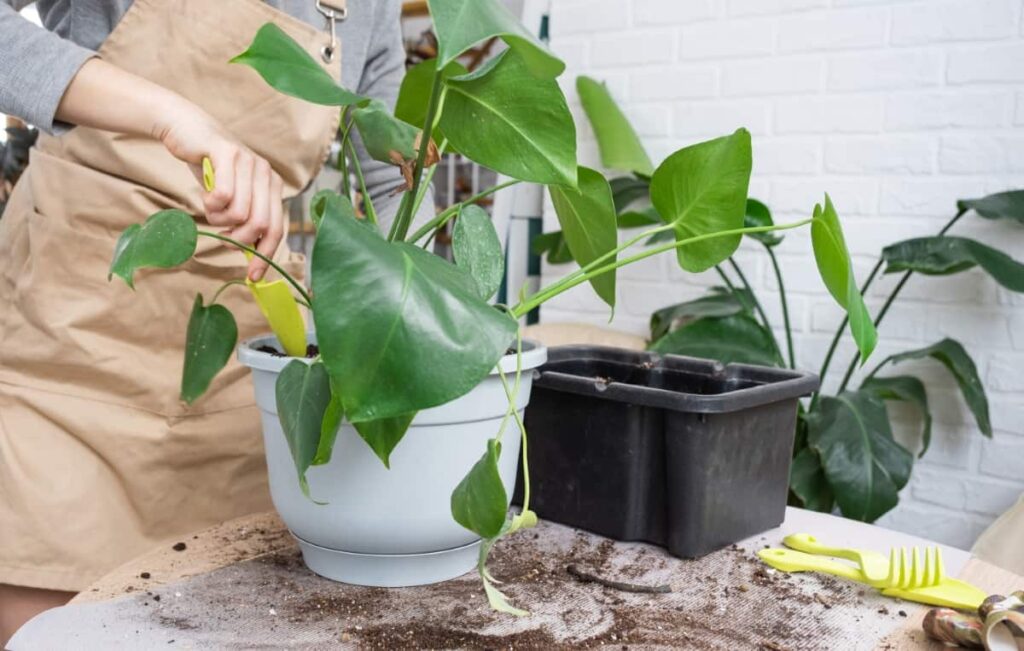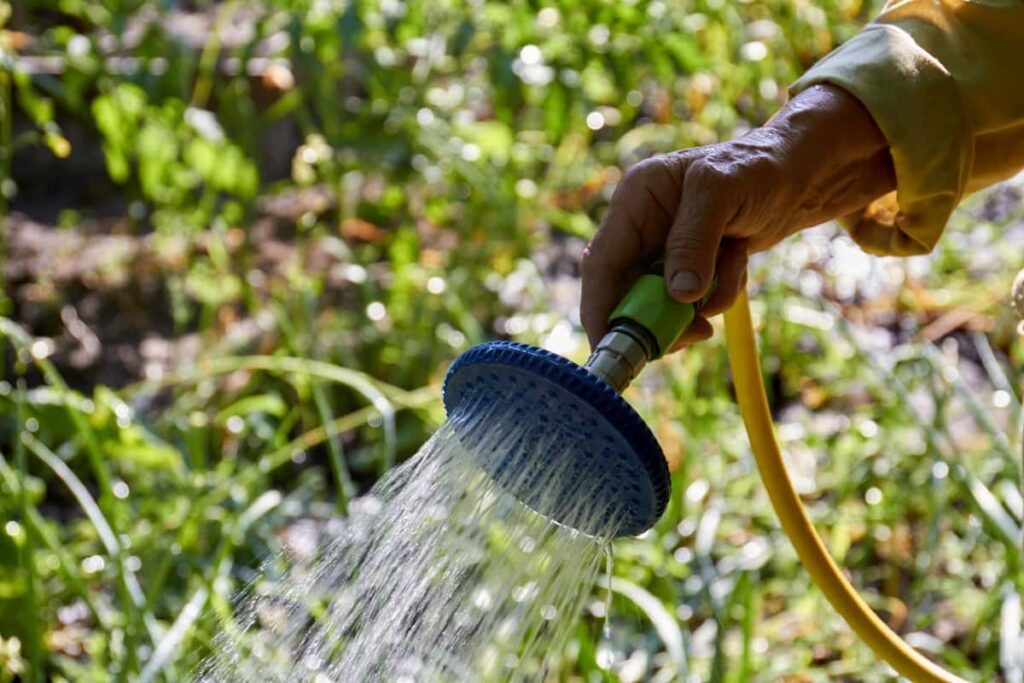This tropical beauty belongs to the Araceae family, adding vibrancy and elegance to any space it graces. This stunning plant hails from the tropical regions of South America, where it grows in warm and humid climates. The Pink Princess Philodendron, scientifically known as Philodendron erubescens, boasts striking pink variegation on its dark green leaves.
Origin and Habitat
Originating from countries like Colombia and Ecuador, this plant can bring a piece of lush rainforest beauty right into your home. Its unique patterns make it a favorite among plant enthusiasts worldwide. In its natural habitat, the Pink Princess Philodendron can be found climbing trees or spreading out on forest floors, soaking up filtered sunlight. You can recreate these ideal conditions in your own living space for optimum growth and vitality.

Caring for Your Pink Princess Philodendron
Light Requirements
Ideal Light Conditions: This plant thrives in bright, indirect light – think dappled sunlight filtering through a sheer curtain. Placing your Pink Princess Philodendron near the east-facing window is ideal, as it will get the gentle rays it loves without the risk of sunburn.
Avoiding Direct Sunlight: Avoiding direct sunlight is key to preventing damage to the delicate pink variegation on its leaves. Direct sun can scorch and fade those beautiful pink streaks, so keep an eye out for any signs of stress, like yellowing or browning leaves. If you notice that your plant isn’t looking its best, try adjusting its placement to ensure it’s getting just the right amount of light.
Propagation
Methods of Propagation: Propagation is an exciting way to expand your pink princess philodendron collection. There are a few methods you can try, including stem cuttings and air layering. When taking stem cuttings, make sure to use a knife to avoid damaging the plant. Choose a healthy section of the stem with at least one leaf node present.
For air layering, select a spot on the stem where you want roots to grow and gently scrape off the outer layer of bark. Cover this area with moist sphagnum moss and wrap it in plastic to create a humid environment for root development.
Propagation Tips: Propagation is an exciting opportunity to expand your collection of Pink Princess Philodendrons or share this beauty with fellow plant enthusiasts. Whichever method you choose, be patient, as propagation can take some time. Keep your new plants in a warm, humid environment until they establish roots and begin growing independently. Propagation is a great way to expand your collection or share the love of this stunning plant with friends and family.
Watering Needs
Watering Schedule: Water the Pink Princess Philodendron plant typically translates to about once a week during warmer months and less frequently in winter. It’s important not to overwater, as this can lead to root rot. Make sure excess water can drain away easily by using a potting mix and ensuring that your planter has drainage holes.
In case you missed it: Sevin Insect Killer Dust for Plants: How to Use in the Home Garden

Humidity Requirements: The Pink Princess Philodendron thrives in environments with higher humidity levels. Then, you can increase humidity levels by misting the plant leaves or placing a humidifier nearby. During drier seasons or in dry indoor environments, consider using a tray filled with water beneath your plant or grouping it with other moisture-loving plants for added humidity support.
Soil and Repotting
Soil Composition: When it comes to your Pink Princess Philodendron, the right soil composition is key to its overall health and growth. Opt for a well-draining mix that retains moisture without becoming waterlogged. A peat moss, perlite, and bark mixture works well for this tropical plant.
Repotting Frequency: Repotting frequency is another crucial aspect of caring for your pink princess philodendron. As a general rule of thumb, aim to repot your plant every 1-2 years or when you notice the roots starting to outgrow their current container. This will ensure that your philodendron has enough room to spread its roots and continue thriving. During the repotting process, gently loosen the root ball and then place it in a larger pot with fresh soil. Make sure not to damage the delicate roots during this transition period.
In case you missed it: Hydroponics in Urban Apartment Gardening: Benefits and How to Set Up Guide

Temperature
Ideal Temperature Range: Ideally, this tropical plant thrives in temperatures ranging from 18°C to 26°C. Remember, keeping your Pink Princess Philodendron in a stable environment will help it thrive and show off its stunning colors. By maintaining a consistent and moderate temperature environment for your beloved Pink Princess Philodendron, you’ll be setting the stage for vibrant growth and stunning variegation.
Temperature Extremes: Avoid exposing your pink princess philodendron to extreme temperature swings, as it can stress the plant and affect its growth. Steer clear of drafty areas or place it directly next to heaters or air conditioning units. In colder months, ensure that your pink princess philodendron is shielded from chilly drafts while still receiving adequate warmth and humidity. During warmer seasons, keep an eye out for any signs of overheating and adjust its placement accordingly.
Fertilization
Fertilizer Types and Frequency: Choose a balanced liquid fertilizer diluted to half-strength during the growing season to keep those vibrant pink leaves happy and healthy. Frequency matters too – aim to fertilize your plant every 4-6 weeks in spring and summer when it’s actively growing. During fall and winter, you can cut back on fertilization as the plant enters a dormant phase.
Signs of Over-Fertilization: Over-fertilizing can spell trouble for your Pink Princess Philodendron. Keep an eye out for signs like brown leaf tips, stunted growth, or yellowing leaves – these could indicate that you’re giving your plant too much of a good thing. Remember, less is often more when it comes to feeding your Pink Princess Philodendron.
Pruning and Maintenance
Pruning for Health: Pruning your Pink Princess Philodendron is key to maintaining its health and promoting growth. Regular trimming helps the plant stay in shape and encourages new shoots to emerge. When pruning, focus on removing any dead or yellowing leaves to allow for better air circulation around the plant.
Encouraging Variegation: Selective pruning can help enhance variegation in your Pink Princess Philodendron. By cutting back branches with solid green leaves, you can encourage more of those beautiful pink and white marbled patterns to develop. Don’t be afraid to get a little creative with your pruning techniques. Remember to use clean, sharp scissors or shears when trimming your plant to prevent unnecessary damage. Aim to prune during the growing season for optimal results.
Pest and Disease Management
Common Pests: Common pests that may target your Pink Princess Philodendron plant include spider mites, aphids, and mealybugs. These pesky critters can suck the sap from your plant, leading to wilting leaves and stunted growth.
Disease Prevention and Treatment: To prevent infestations, regularly inspect both sides of the leaves for any signs of pests. Wiping down the foliage with a gentle soap solution can help deter these unwanted visitors. Additionally, maintaining proper humidity levels can make it less favorable for pests to thrive. If you do notice an infestation, consider using neem oil to treat the affected areas. Be sure to follow instructions carefully and isolate the infected plant if necessary.
Troubleshooting Common Issues
Yellowing Leaves: Yellowing leaves on your Pink Princess Philodendron can be overwatering or a poor drainage sign. To troubleshoot this issue, check the soil moisture levels and adjust your watering schedule accordingly. Ensure that the plant is not sitting in water to prevent root rot.
Lack of Variegation: If you notice a lack of variegation on your Pink Princess Philodendron, it may be due to insufficient light exposure. Variegated plants require bright, indirect light to maintain their unique color patterns. Consider moving your Philodendron plant to a spot with more natural light, but avoid direct sunlight as it can scorch the leaves.
Regularly inspecting your Pink Princess Philodendron plant for any signs of stress or discoloration is essential in maintaining its health and vibrancy. By addressing these common issues promptly, you can ensure that your Pink Princess Philodendron continues to thrive and display its stunning pink variegation.
Conclusion
Adding a Pink Princess Philodendron to your plant collection brings a pop of vibrant color and elegance to your space. Not only does this plant add visual interest, but it also helps purify the air in your home, creating a healthier environment for you to thrive in. Despite its luxurious reputation with a high price tag, caring for this colorful plant is surprisingly simple.
- Irrigation and Water Management in Pineapple Farming
- Blossom to Harvest: Mastering Flowering and Pollination in Papaya Farming
- Pig Fattening Essentials: From Selection to Sale for Beginners
- Raising Wagyu Cattle: A Complete Guide for Premium Beef Production
- Soil Types and Their Water Holding Capacity
- Optimizing Irrigation Schedules for Coconut Groves for Enhanced Yield
- Espresso Your Garden: Coffee Grounds for Healthier Acid-Loving Plants
- The Best Soil Mix for Snake Plants: How to Mix Your Own Snake Plant Soil
- Green Thumb Success: Expert Tips for Cultivating Greenhouse Beans All Year Round
